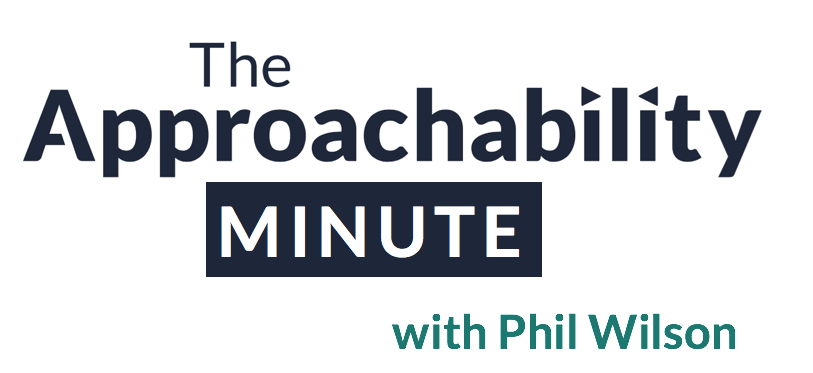
Why You Shouldn’t Seek Perfection From Your Team
Sure, perfection is great. But what does it cost you?
Think about the last lesson you learned.
No. Not that that one. I’m talking about the one you really learned – the hard way. What happened? Did it change you?
Apply that sort of logic to your employees, your business. We learn best from our mistakes. Our most notable moments of growth stem from our failures.
Forbes has this group called The MPW Insiders where influential people provide answers to important business questions. A couple weeks ago, the question was: How do you embrace imperfection as part of professional development? Rachel Mendelowitz, managing partner at McChrystal Group, was the influential person of the day. Here’s her take.
“In order to learn in a complex environment, trial and error is not only inevitable, it is actually the only effective way to navigate through uncertainty. Although it is incredibly uncomfortable, exposing and acknowledging when we fall short on performance is actually the very thing that drives higher performance.”
Her key ingredient to creating an environment where team members feel comfortable enough to bring their mess-ups to light is vulnerability.
“Leaders who foster an environment of vulnerability know that they aren’t creating weakness. Quite the opposite – they challenge people to stretch themselves, demand interpersonal courage, take on new challenges, and model outsized poise and resilience in the face of adversity.
Most importantly, being vulnerable at work is a two-way street – it requires daring on the part of the employee trying something new, and support on the part of the manager in responding to this attempt, when it succeeds and especially when it fails.”
Mendelowitz provides 5 tips to build this sort of vulnerability.
- Encourage ‘stupid’ questions. I love this one. Another way to put this is there is no such thing as a stupid question. A question that may seem obvious to you as the leader (because you have more information or a broader strategic perspective) won’t be obvious to others. You may have a thing (or things) to learn from these questions. Mendelowitz says, “seemingly ‘stupid’ questions can actually highlight where you have failed as a leader to provide direction or enough emphasis.” And if your perspective is built on wrong assumptions, what you may learn is that you are dead wrong.
- Offer to help without judgment. If you make employees feel bad for coming to you for help, they simply won’t do it. And while you’re free from the interruption, your employees are likely spending numerous unnecessary hours “muscling through problems” just so they don’t have to deal with condescension. Learn to welcome the knocks on the door, even when they are inconvenient.
- Enable creative thinking. When someone suggests a new idea, don’t shut it down just because you “know” it won’t work. Maybe it won’t. But let the guy or gal who is excited about the idea experiment with it. “‘Waste’ a little time entertaining new thinking.” Again, this isn’t just to patronize or let people fail. These experiments are great learning opportunities and could reveal a new way of doing things you never could walking the path you “know” works.
- Try new things, even if they fail. This one builds off of number 3 and is a foundation to creating vulnerability. Take new ideas for a ride, even if you feel pretty strongly that you’re going to run out of gas. “Every organization seeks to be a ‘learning organization’, but we learn through both success and, more effectively, through failure.”
- Don’t be so quick to offer your perspective. This is great advice – not only when it comes to creating a creative environment, but also as an empathy tool. Your people don’t want you to solve their problems for them. They just want to feel supported and that you understand where they’re at. Let people figure stuff out on their own. “Your knowledge is not a renewable resource for your employees; their own ability to learn and develop is what will pay dividends.”
These are 5 solid pieces of advice. I’d like to add one more.
The best way to create an environment where people feel comfortable being vulnerable is to be vulnerable yourself.
Own up to your own mistakes. Let your team see you as a person – someone who has weaknesses, quirks, and yes, even bad ideas. If you do that, you might become something more than an authority figure. Maybe you’ll show them that the road to real success is bumpy. And maybe that will inspire them. (For more on how your vulnerability improves your team’s performance, check out our post on Google and psychological safety).
I say go for it. Be vulnerable. Encourage your team to be vulnerable. Check out our Approachability Window Tool in The Approachability Playbook for a few more tips on how to do just that.
Have you ever had a boss who squashed your creativity? Did you ever have a boss who was good at letting you experiment or grow from mistakes? Do you notice any of the 5 tips you could add to your leadership tool kit? Let us know in the comments!
















